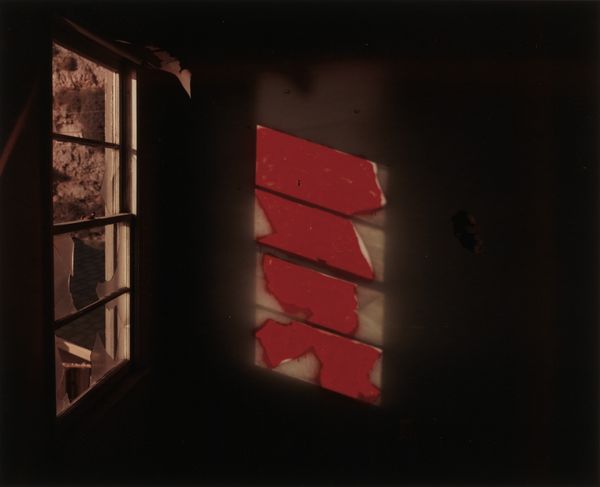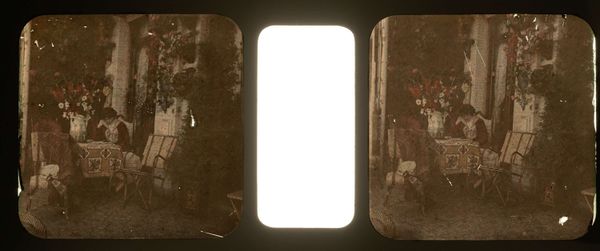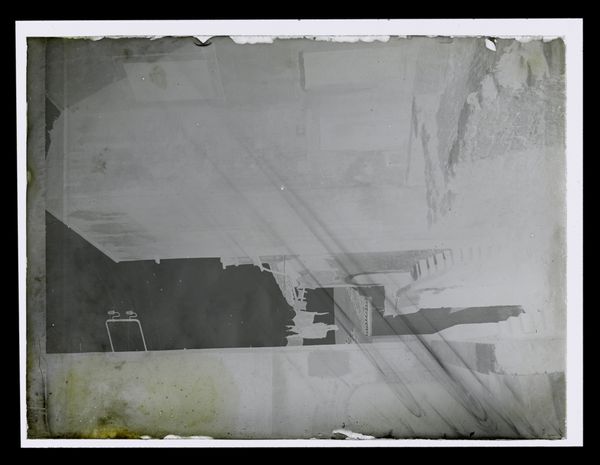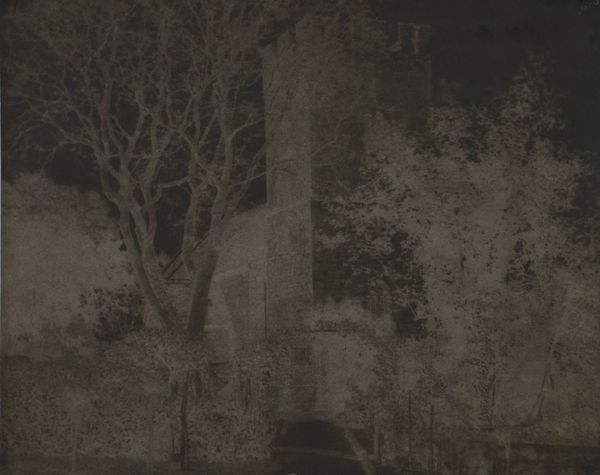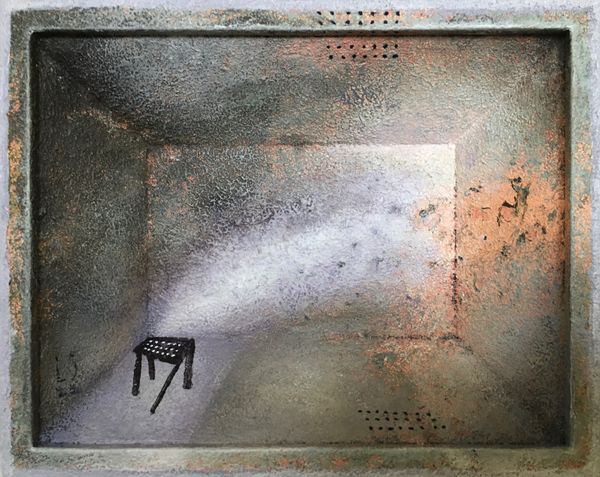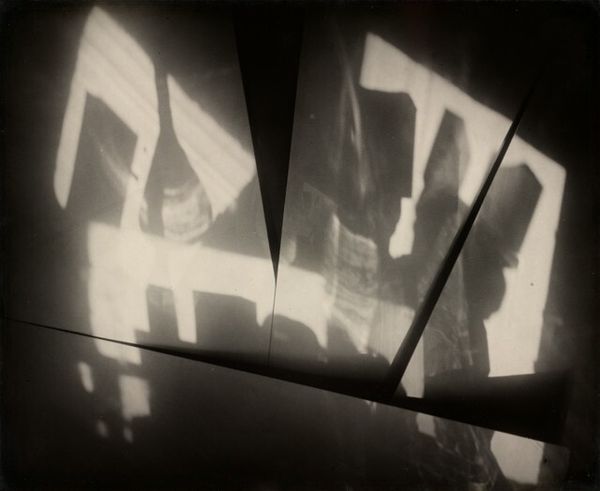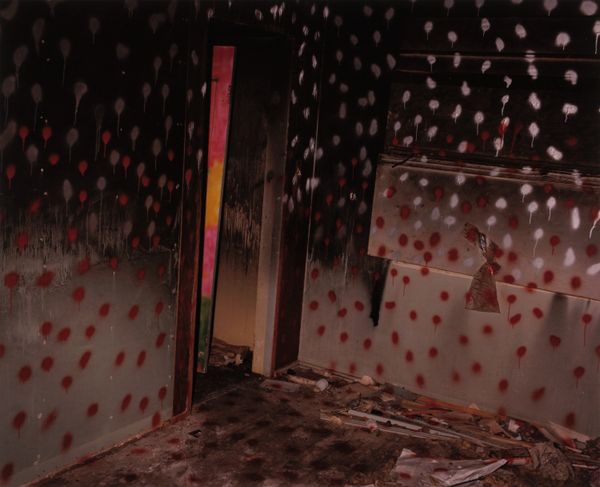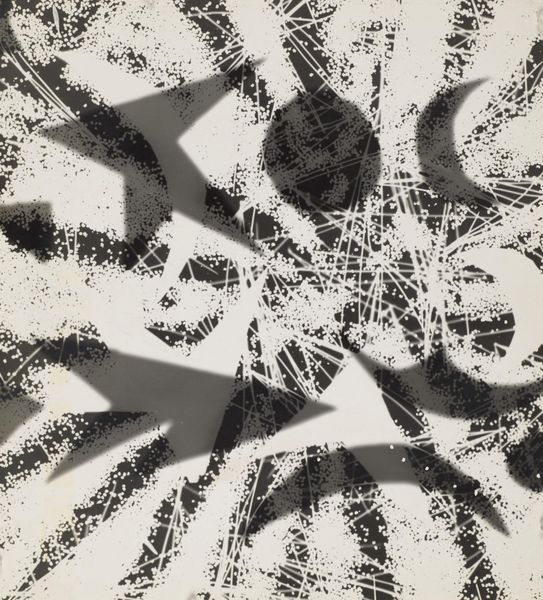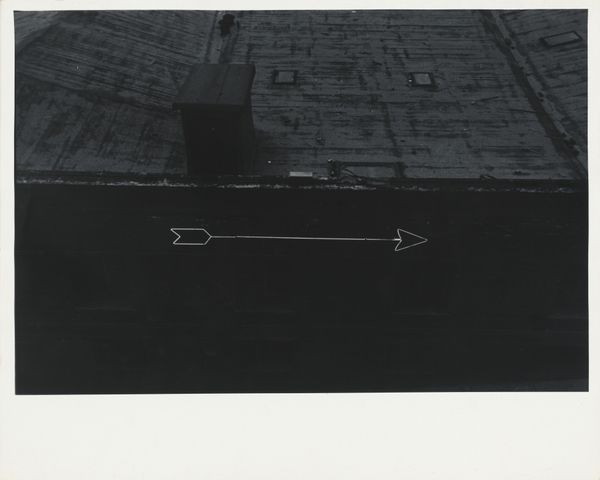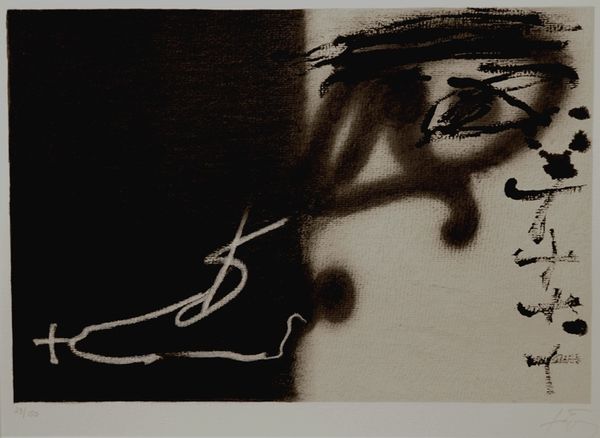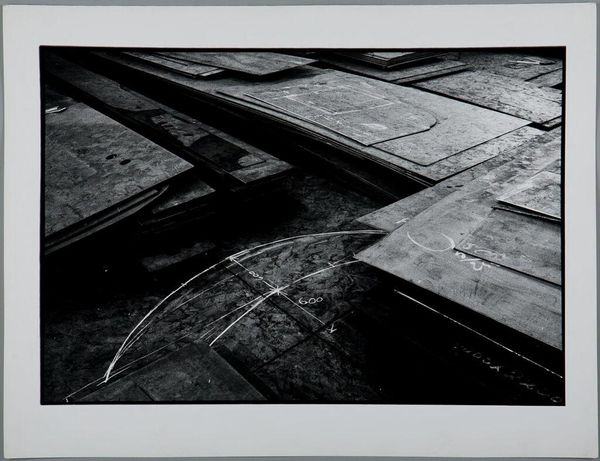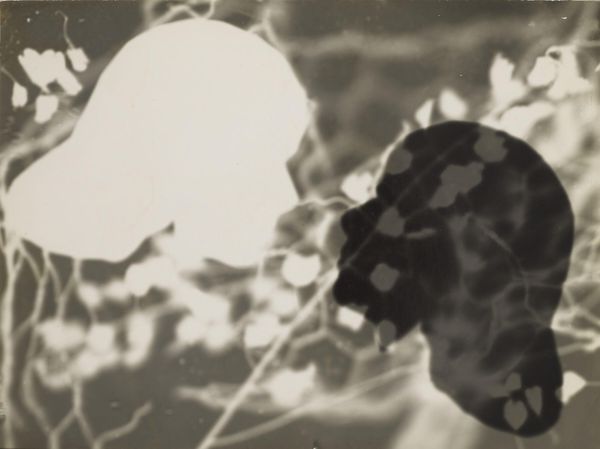
photography, gelatin-silver-print, airbrushing
#
film photography
#
non-objective-art
#
conceptual-art
#
street-photography
#
photography
#
geometric
#
gelatin-silver-print
#
abstraction
#
airbrushing
Dimensions: image: 24.77 × 30.48 cm (9 3/4 × 12 in.) sheet: 27.94 × 35.56 cm (11 × 14 in.)
Copyright: National Gallery of Art: CC0 1.0
Editor: John Divola's "Zuma #60," a gelatin-silver print from 1978, presents a rather unsettling scene. It’s all dark hues and fragmented imagery. The geometry feels chaotic, like a space marked by both presence and absence. How do you interpret this work? Curator: The beauty of Divola’s Zuma series lies in its subversion. It’s not just about abandoned buildings; it's about disrupting conventional notions of landscape photography and our expectations around who has access to these spaces. Consider the socio-political context of the late 70s in Southern California – economic shifts, urban decay, and cultural anxieties. How do these issues manifest themselves, perhaps, in the layers of graffiti and abstract airbrushing Divola adds to the photograph? Editor: So the artificial additions are significant. It’s not just documentary. It's like he’s actively engaging with the space, not just passively recording it. Curator: Exactly! He’s intervening, challenging our understanding of authenticity and authorship. This approach makes one question, "Who has the right to represent this space?" and "What stories are usually left untold in mainstream representations of similar settings?" Editor: It’s interesting to think about the power dynamics at play. The decay in the architecture highlights a tension with Divola's artistic interventions. He layers meaning onto existing narratives, like giving a voice back to the marginalized spaces. Curator: Precisely. In the 70's there was more cultural emphasis on claiming neglected or historically significant spaces, in the case of Black and Hispanic communities. Think about the context of space ownership. The artwork becomes a document of more than a ruined space, it also documents layers of history, culture and imposed intervention. Editor: That reframes my understanding completely. It's a commentary on social power and reclamation. I initially perceived emptiness, but I see layered meaning now. Curator: The emptiness is the canvas for us to explore that loaded history.
Comments
No comments
Be the first to comment and join the conversation on the ultimate creative platform.
